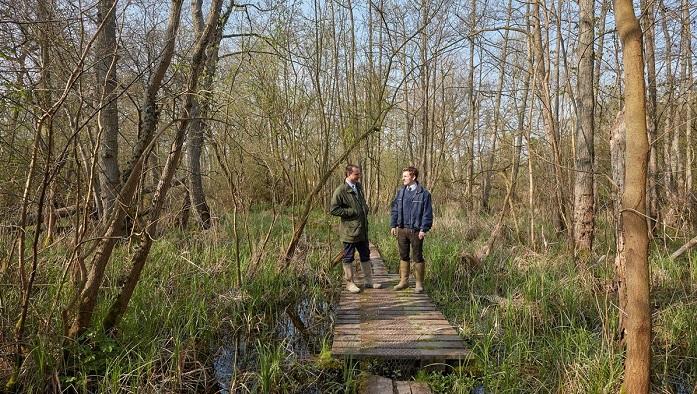This ambitious Spatial Framework aims to make the Oxford Cambridge Arc the flagship example of sustainable, environmentally led development.
The Arc is already a key area of high value development an economic growth for the UK, with the unique combination of world leading universities integrating with centres of business, science and technology creating an economic network with international influence. The challenge is to allow development without the conventionally high impact on the surrounding environment.
However, Ox-Cam Arc spatial framework which began on the 19th of July aims to development include a keen focus on leaving the environment in a better state for future generations, as well as achieving economic growth.
The framework is the latest step in creating a cohesive, defined policy to achieve economic and social prosperity, following on from a Joint Declaration between Government and Arc Leaders Group.
Thinking big
The Arc’s Environment Working Group (EWG) have set out three overarching principles for environmental improvement across the Arc:
Doubling Nature, contributing to Government’s commitment to 30% of land for conservation by 2030
Deliver 20% Biodiversity Net Gain (BNG) across all developments
Increase tree cover from 7.4% to 19%.
There is also a commitment to be net zero carbon across the arc by 2040, in line with commitments already being taken across all industries to achieve this goal.
While there is a degree of uncertainty as to what will be specifically taken forward into legislation, the goal of being a flagship example of sustainable regional strategy will be central to the framework.
Delivering at scale, at last
However, the framework will hopefully result in the establishment of larger credit delivery initiatives which would avoid the inherent inefficiencies of current small-scale ad hoc deals with a high transactional cost burden. A Spatial framework should allow for identification of the most effective offset sites which generate the widest range of environmental benefits over the long term.
From a credit purchaser’s perspective, the Spatial Framework will provide clarity especially when it comes to BNG. Potentially requiring a gain of 20% as opposed to the statutory 10% will significantly increase the cost to development and likely lead to higher requirement for offsite gains.
This higher level of required gain will have the dual impact of increasing the land area under active biodiversity improvement but also incentivising the greater integration of environmental enhancement within development schemes. Together this seeks to deliver the environmental enhancement alongside sustainable and prosperous growth.
The extent to which these aims are achieved will depend on the outcome of the consultation. Resulting policy needs to balance development and environmental needs. If any stakeholder concerns are over prioritised, it could impact on the Arc’s continued development as a centre to science, business and technology, or compromise on the huge environmental potential that this growth could deliver.
Strategic site selection
Fundamentally, these principles create a requirement for land, so owners, managers and occupiers of land will be key to facilitating environmentally led development, resulting in multiple opportunities for individuals and organisations.
Selecting appropriate sites for environmental delivery is critical to making efficient use of land and resources and a Spatial Framework will directly inform these decisions, ensuring effective delivery with long lasting environmental benefit.
If you are a planning to be either purchaser or provider of environmental credits, then taking part in the consultation is the first step. The Arc comprises of an expansive range for stakeholders and the more of these that take part in policy development, the greater chance there is that the Special Framework will achieve its aims.
